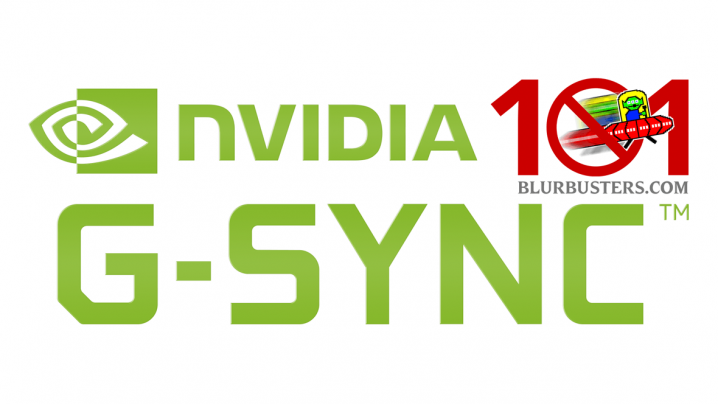Silent_Buddha
Legend
I guess there must be tearing with V-Sync off when you dip below the Freesync threshold. To me, the take-home message is that you really don't want a Freesync display with a high threshold. And I would even argue that AMD screwed up by making Freesync such a free label without strict requirements, and without tiers.
I don't know why they don't make a "Freesync Gold" label with guarantees on proper overdrive and a wide range of frequencies.
That and why in the world would you ever want to have a game that consistently dips down below 40 FPS? The GTA V example above would be unplayable to me. Yes, it wouldn't have tearing, but the control response will still be that of a game fluctuating between 28 and 51 FPS on the Gsync setup.
Personally, I'd want to make sure that the majority of frames were at or near 60 FPS and adjust visuals accordingly (gameplay > graphics) in which case, it'd be unlikely for the Freesync system to offer a significantly different experience from the Gsync system, assuming a similar level of performance.
At any (to me) playable setting the experience would be the same or similar. Scott Wasson made a similar observation when he tested out both. That yes, below the threshold Freesync wasn't great, but he'd never actually play a game that went below the threshold. PCPer made a similar observation with the el cheapo Korean brands that can only be imported. Tune the game for near constant 60 fps, then with either Gsync or Freesync, you'll have tear free and responsive gaming. And that was with a 40 hz cutoff.
Obviously doesn't work well if you are happy gaming at 30 FPS, but tuned for 30 FPS a game will likely dip below the Gsync cutoff as well. And for adaptive-sync, this may not always be the case as the spec allows for variable refresh rates far lower than anything currently seen. It'll all depend on whether a monitor chip manufacturer wants to go to the trouble of implementing it.
Regards,
SB


